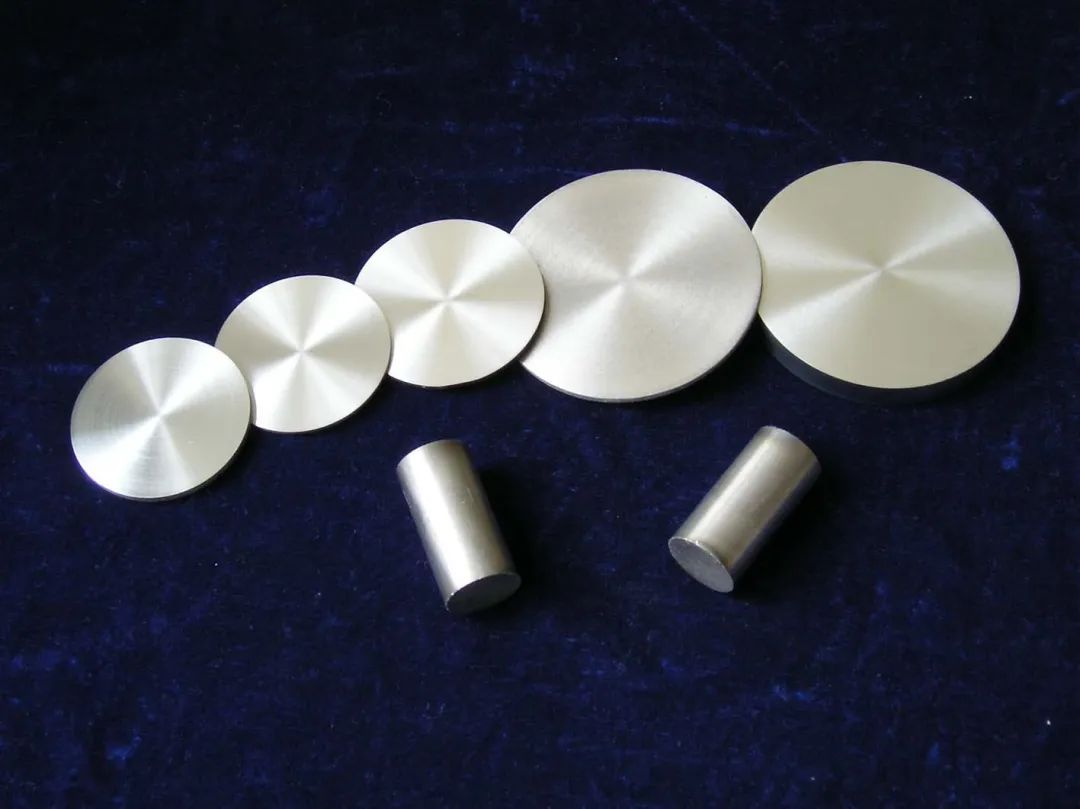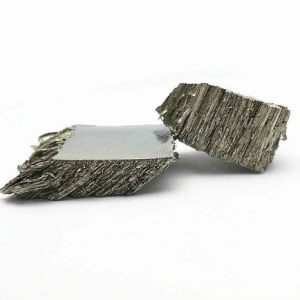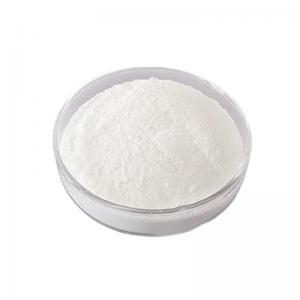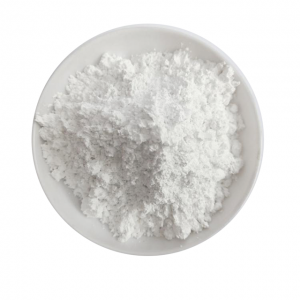Ha Metal: "Ha General" in Rare Metal Materials
Hf Metal
In nature, rare metals zirconium and hafnium are inseparable and are essential raw materials for nuclear reactors, hence the nickname "hum ha" for nuclear reactors. When it comes to metallic zirconium, everyone is definitely familiar with it. It belongs to the IVB group of elements in the periodic table, with the element symbol Zr and atomic number 40. It has good corrosion resistance, extremely low thermal neutron absorption cross-section, and high melting point, and can be widely used in fields such as chemical engineering, ceramics, metallurgy, and nuclear industry.
But when it comes to metal hafnium, most people will definitely find it very unfamiliar. In fact, hafnium is also a rare metal, belonging to the IVB group element along with zirconium, with an atomic number of 72. Hafnium exists in the mineral of zirconium, and is a silver white metal with a black powder, a density of 13.09 grams per cubic centimeter, a boiling point of 5400 ℃, and a melting point of 2222 ℃. It has outstanding nuclear properties, as its thermal neutron cross section can reach 105b and does not significantly decrease after long-term irradiation. In addition, it has good resistance to hot water corrosion and mechanical properties, It is an ideal material for fuel control rods in nuclear reactors.
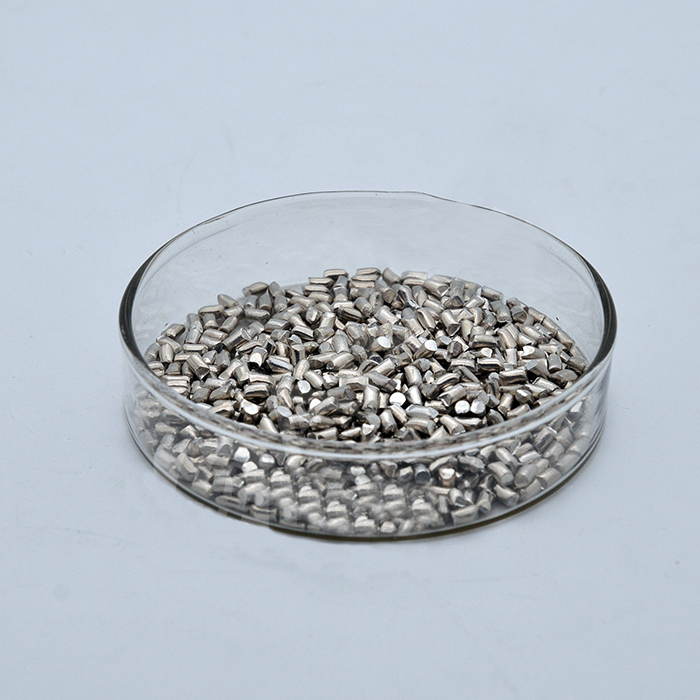
Separation of Zirconium and Hafnium
Zirconium was discovered during the analysis of zircon in 1789, while hafnium was discovered more than a hundred years later and only discovered in 1922. Since the discovery of hafnium, people have been studying the separation process of zirconium and hafnium. Due to the similar electronic structure and physical and chemical properties of hafnium and zirconium, they often appear in pairs in minerals and coexist in nature, making separation very difficult. The United States was the earliest country to study the separation of zirconium and hafnium. In 1925, De Boer and Van Akel published a method for purifying hafnium and manufacturing ductile hafnium, which is the iodization method for preparing hafnium. In 1951, due to the needs of the development of the US military industry, the hafnium industry gradually developed. Hafnium oxide was used as raw material to obtain hafnium tetrachloride through chlorination, and then sponge hafnium was obtained by magnesium reduction method. Finally, sponge hafnium was melted by vacuum arc or treated by iodization to obtain crystalline hafnium, also known as high-purity hafnium, with hafnium and zirconium content exceeding 99.9%.
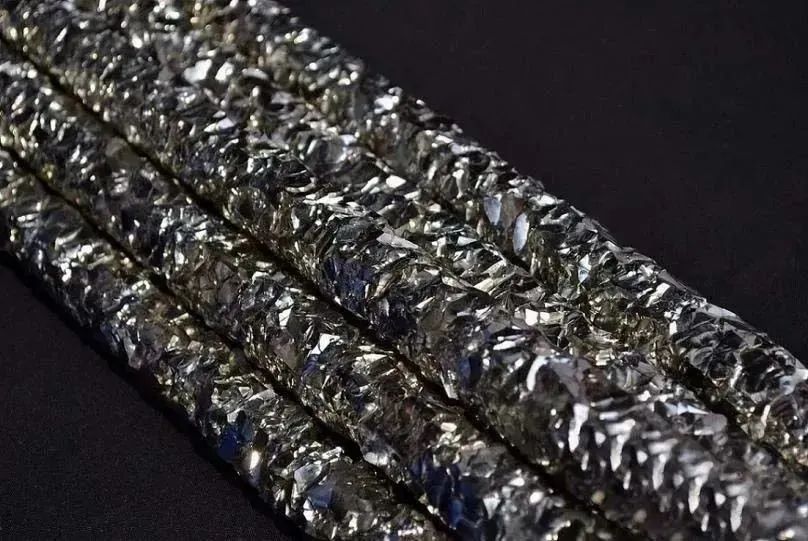
Application of hafnium
Hafnium materials can be applied in multiple fields such as aerospace and semiconductor coating. Among them, in the aerospace field, a cast nickel based high-temperature single crystal alloy with 1.25% hafnium will be added as turbine blades for aircraft engines, which can improve the power, thrust, and lifespan of the engine. Niobium based alloy (C-103) with 10% hafnium added can be used as a nozzle for rocket engines due to its excellent plastic processing performance, welding performance, and high temperature resistance; High purity hafnium powder can be used as a rocket combustion agent. In the field of semiconductor coating, high-purity hafnium is used to make semiconductor electronic barriers for 64 bit and above (12 nanometers and below) CPU chips. The finished hafnium target has high requirements for purity, grain size, surface roughness, flatness, and tolerance range, and the zirconium content is less than 0.5%; In the field of optical coating, with the widespread application of lasers in industry, high-purity hafnium is widely used as a target material for anti reflective coating of optical components. In the field of plasma cutting, hafnium wire is used to make plasma cutting electrode heads; In the field of firearms and ammunition, high-purity hafnium powder is used as a combustion agent for armor piercing incendiary shells; Hafnium carbide powder is mainly used in the field of hard alloys; High purity hafnium tetrachloride is used in high-power LED fields, etc.
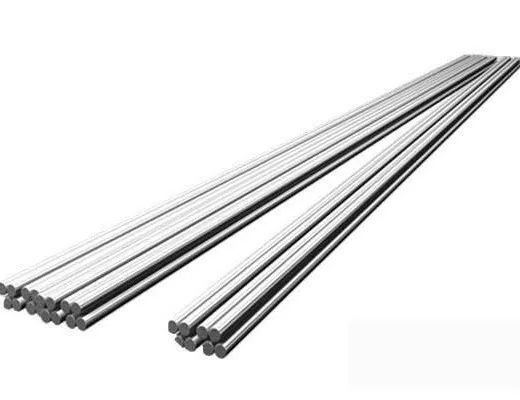
Strategic key materials
With the improvement of national strength and the development of marine economy, building a strong navy has been put on the agenda. The newly built nuclear submarines and planned nuclear aircraft carriers both require a large amount of hafnium material as fuel control rods for power reactors. In the civilian nuclear field, the focus is on developing small modular commercial reactors and high-temperature gas cooled reactors to highlight safety, and high-purity hafnium will also be widely used. In the future, hafnium metal will be a key material for the development of strategic weapons and equipment in the country, as well as an indispensable key material in the development process of the country's high-end manufacturing industry!
